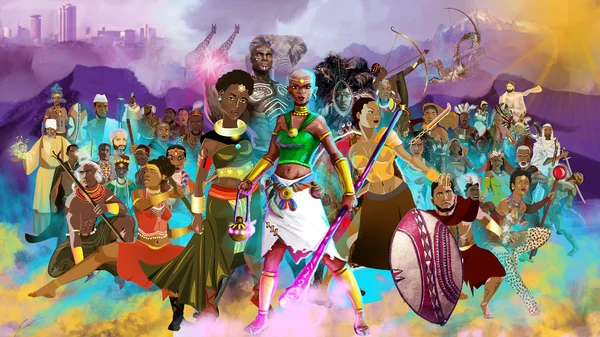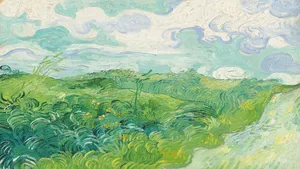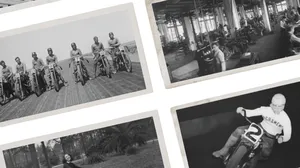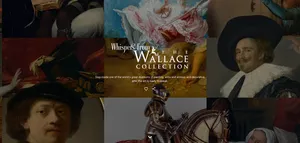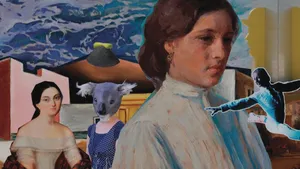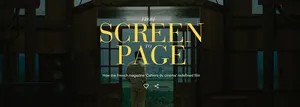Explore the Cradle of Creativity on Google Arts & Culture
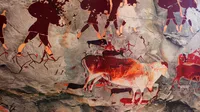
Creativity in Africa is not something new — it dates back thousands of years and continues into the present day. In fact, some of the earliest paintings by humans were found engraved in a cave in South Africa 20,000 years ago. The Cradle of Creativity, a new project on Google Arts & Culture, explores how creativity evolved in Africa from rock art to contemporary brush strokes. In collaboration with the Yemisi Shyllon Museum of Art (YSMA) in Nigeria and the Origins Centre in South Africa, you can now explore 50 expertly-curated stories, featuring over 60 high-resolution Gigapixel images of artworks digitized using the Google Art Camera, 17 Street View virtual tours and, for teachers and students, a dedicated lesson plan.
Here are 4 fun ways to get you started on a journey of creativity in Africa:
Early human inventions
There is evidence that humans became culturally modern, or cognitively complex, around 100,000 years ago and the beginnings of creativity this brought about originated in Africa. It is also possible that the world’s first artists and their workshops can be found in Africa, with evidence of art and ochre production found in the Blombos Cave in South Africa, Porc Epic in Ethiopia, Sibudu in South Africa and Twin Rivers in Zambia.
Ochre, paint and the past from the collection of Origin Centre

How sculptures evolved
Did you know that in Yoruba Philosophy, the head is seen as the shell that houses the essence of an individual? Or that the occupational and political status of the deceased determined the material that was used in making bronze heads? You can now explore these and more interesting facts about Nok, Benin, and Ife art. You can also walk around the YSMA and explore the evolution of sculptures using Google Street View.
NOK Head (Female) from the collection of Yemisi Shyllon Museum of Art

Storytelling through art
People across the continent have explored different methods to pass on their stories and express themselves through art and creativity for thousands of years. Whether it is to tell stories of the spirit world through the communal trance dance of the San People, or to raise awareness about urgent issues and arguing for change today, Africans continue to find creative ways to tell their story.
Bruce Onobrakpeya, Panel of 5: Oshare Me jevwe, Omote kporovwe, Adje Ewenvwe kpo, Igurube, Eyame Jevwe.

Learning from the brushstrokes
Paintings can hold so much meaning and symbolism behind colors, figures, style and brushstrokes. Thanks to the experts at the YSMA and the giga-pixel resolution images captured by Art Camera, you can now learn more about the masterpieces of renowned artists like Ben Enwonwu, Bruce Onobrakpeya and Nike Davies-Okundaye. Zoom into the details to spot the onlookers in Uche Okeke’s ‘The Conflict’, and explore how Ben Osaghae depicts spiritual contradictions in his painting 'Miracle for Sale'.
Nike Davies-Okundaye, Cycle of Life from the collection of Yemisi Shyllon Museum of Art
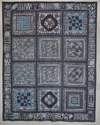
Are you a student or a teacher? We have also created a dedicated lesson plan for you. Visit g.co/google4africa21 if you want to continue your exploration, or download Google Arts & Culture’s Android or iOS app to further immerse yourself in the cradle of creativity!
